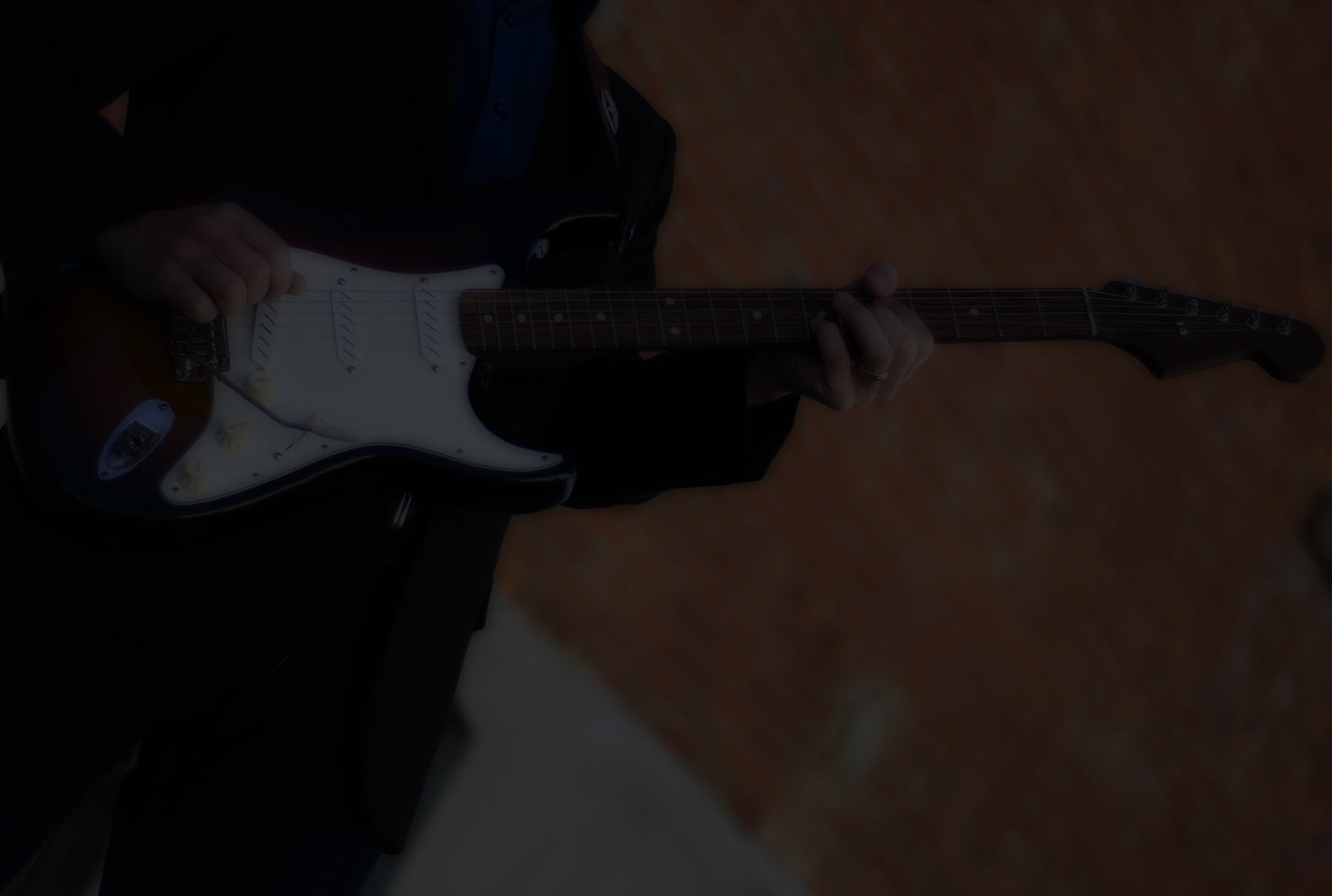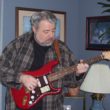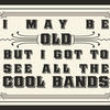I spent years trying to rationalize the Maj/Min 3rd exception and at best saw the chromatic relationship of 2/min3/maj3 (think country runs) in a Major scale the same as the 4/b5/5 in the relative Minor blues scale. So it sounds cool because the min3rd you're playing is the b5 blue note of the relative minor. But whys is a chromatic non-harmonic note ok? Yeah, because Delta folk played the Devil's note and it sounded good. Think about it in Gmaj with Em scale as the relative minor. This is really good stuff to play with and think how differently things sound starting from the G(maj) versus the E(minor). There's some cool ear training that opened the fretboard for me playing the major scales across and up/down the fretboard while also seeing it as the relative Emin scale.
Now, I still don't grasp the how does it work of playing Dom 7 Chords on I IV V but I've played that for many years and know it makes it all sound great. Ahhh sweet mysteries of life.
Robert - We all make typos... not trying to be critical. Thanks for clarifying Great discussion. thanks
The b3 is also the blue note in the major blues scale which is kind of weird when you think about it. Aren't musical scales like animals.... they are either male or female depending on what equipment they have .... and musical scales are either major or minor depending on the type of 3rd they have.
How can a major scale have a b3 in it?
What would Beethoven have to say about that?
On my way back west now. Will be home tomorrow.
Well the answer is that it’s not fitting the usual definition of a scale. It’s just a major penta with a m3 added. Just think of it that way.
Important! Do not overthink scales! Think of the intervals instead. You don’t have to follow any particular scale. You can play just some notes that sound good. Hint - chord tones are the strongest ones for emphasizing.
Too much scale thinking can make your playing stiff and predictable.
Another thing I’m going to work on for you guys this year is rhythm lessons.
Its so important to understand and work on rhythm and timing. I have a lot of ideas on exercises for this. This will take a while to accomplish but it will come.
Here is an exercise you should master: with a metronome, count
1 & 2 & 3 & 4 &
Now, hit a chord or note on each of those, including the &’s. Upstrokes on the &’s
Then remove one stroke. Which ever one you like. Write down which it is. Do that for a while.
Then continue this way. Each time you remove a stroke, write it down. You should end up with just one stroke as the last exercise.
Then, we start varying this more. Remove all strokes except two. Be creative!
Only move on to the next exercise once you master the previous one.
Lastly, count out loud with the 1234 beat as well!
This is a killer exercise. I promise.
Good luck Robert. I hope you have a safe and comfortable trip back home.
This exercise sounds like a clever and challenging exercise... that will likely take a while to master.
Thanks for the great idea!
Looking forward to the new exercises. Rhythm is one of things I've been trying improve on. Some people just have a natural feel for rhythm. Me, have to really work on it.
Looking forward to the new exercises. Rhythm is one of things I've been trying improve on. Some people just have a natural feel for rhythm. Me, have to really work on it.
Same here. I love rhythm but it does not come easy. Rhythm is The Foundation.






